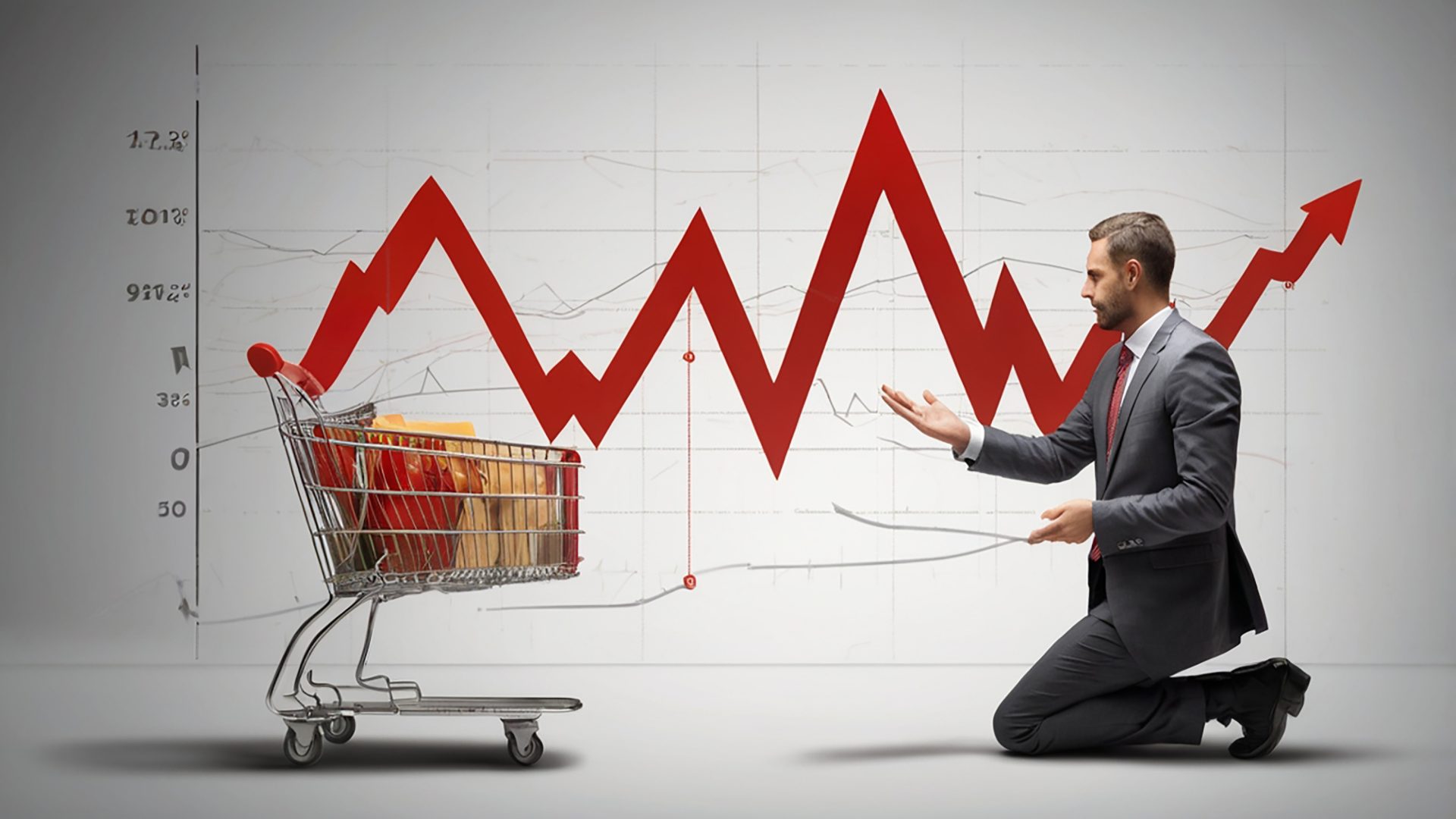Imagine yourself in a bustling supermarket, pushing a cart full of groceries down the aisle. As you reach for your favorite brand of cereal, you notice that the price has gone up since your last shopping trip. You might grumble about it, but when you look around, you find that the prices of many other items have risen as well. You’re not alone in this experience – this is something millions of Americans are facing every day. This phenomenon of rising prices is called inflation, and it’s a central concern for economists, policymakers, and the general public alike.
Inflation can be a complex and multifaceted topic, but it’s essential to understand its causes and effects to make informed decisions about our financial lives. In this blog post, we’ll delve into the main factors driving inflation in the US economy and explore how they might evolve in the coming months. So, buckle up and join us on this journey through the world of inflation!
Before we dive into the factors, it’s crucial to understand what inflation is. Inflation refers to the general increase in prices of goods and services over time. When inflation is high, the purchasing power of money decreases, meaning that each dollar you have can buy fewer goods and services. Economists and policymakers often measure inflation using the Consumer Price Index (CPI), which tracks the changes in prices of a basket of consumer goods and services over time.
Supply Chain Disruptions
One of the most significant factors driving inflation in the US economy today is supply chain disruptions. The COVID-19 pandemic has had a massive impact on global supply chains, causing bottlenecks and delays in the production and transportation of goods. As a result, many companies have been struggling to meet the surging demand for their products, leading to shortages and increased prices.
For instance, consider the global semiconductor chip shortage. These chips are essential components of various electronic devices, including smartphones, computers, and automobiles. The pandemic has disrupted the production of these chips, causing a shortage that has led to higher prices and longer wait times for consumers. Similarly, disruptions in the shipping industry have made it difficult for companies to transport goods, further exacerbating the supply-demand imbalance and contributing to inflation.
In the coming months, we can expect the supply chain disruptions to gradually ease as vaccination rates increase, and countries lift pandemic-related restrictions. However, the recovery process will likely be slow and uneven, as some industries will take longer to bounce back than others. As supply chains gradually return to normal, we should see a reduction in inflationary pressures stemming from this factor.
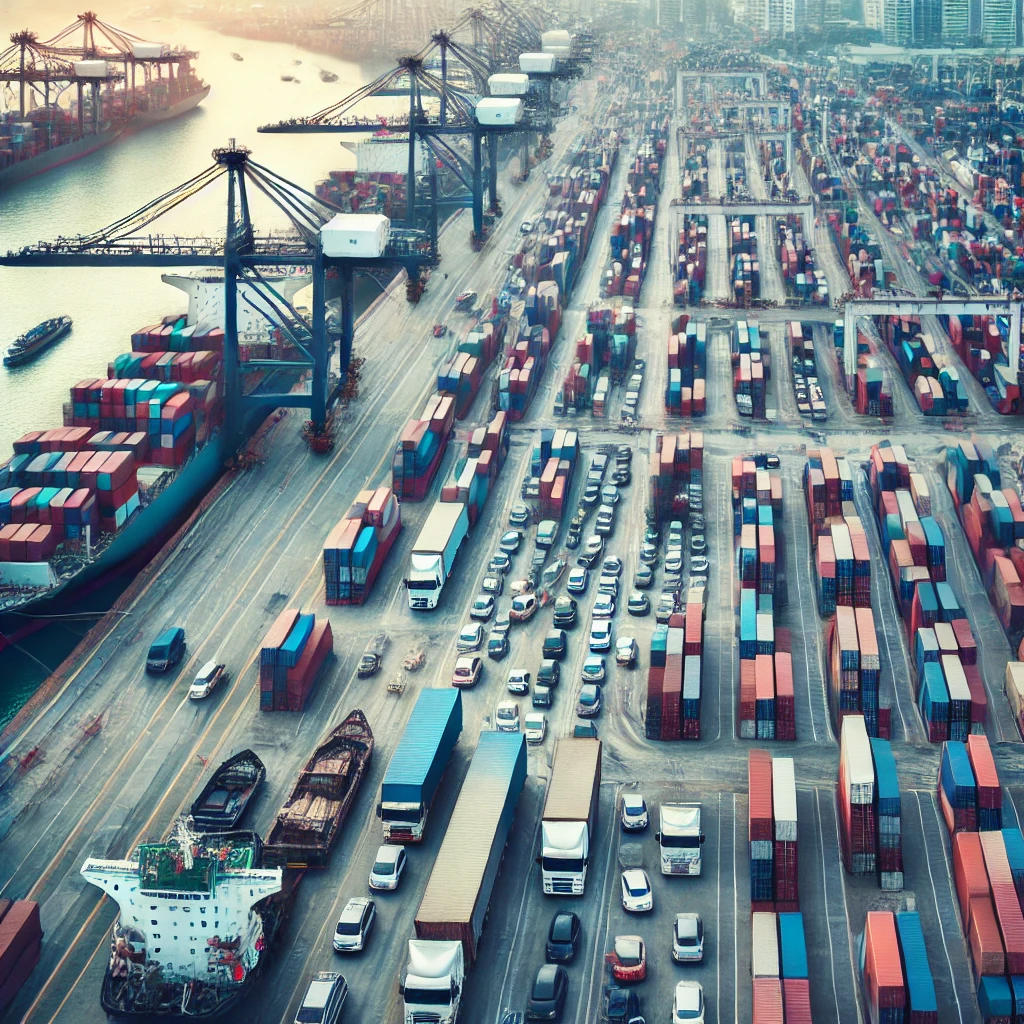
Increased Consumer Spending
Another key factor driving inflation in the US economy is increased consumer spending. As the economy reopens and people start returning to their pre-pandemic routines, consumer demand for goods and services has surged. This surge in demand, combined with the supply chain disruptions mentioned earlier, has led to a sharp increase in prices.
Moreover, the US government has provided substantial financial support to households through stimulus checks, enhanced unemployment benefits, and other relief measures. These initiatives have boosted consumer spending power, further fueling demand and contributing to inflationary pressures in the economy.
Looking ahead, the trajectory of consumer spending will depend on various factors, such as the pace of economic recovery, the labor market’s health, and the potential for additional government stimulus measures. If consumer demand remains strong, we may continue to see inflationary pressures in the short term. However, if the economy continues to recover and the labor market improves, consumer spending may moderate, helping to alleviate some of the inflationary pressures.

Monetary Policy and Inflation Expectations
Lastly, monetary policy and inflation expectations play a crucial role in the inflation dynamics of the US economy. The Federal Reserve (Fed) has implemented accommodative monetary policies to support the economy during the COVID-19 pandemic, including cutting interest rates to near zero and purchasing large amounts of government bonds. These measures have injected a significant amount of liquidity into the financial system, potentially contributing to inflationary pressures.
Furthermore, the Fed has signaled its willingness to let inflation run slightly above its 2% target for some time to support maximum employment and economic recovery. This stance may have led to increased inflation expectations, which can become self-fulfilling, as businesses and consumers adjust their behavior based on their beliefs about future inflation.
As the economy continues to recover, the Fed’s actions and communication will be vital in determining the path of inflation. If the central bank begins to tighten monetary policy or signals its intention to do so, it may help to anchor inflation expectations and prevent a more persistent rise in inflation. However, if the Fed maintains its accommodative stance for an extended period, there’s a risk that inflation could become more entrenched in the economy.
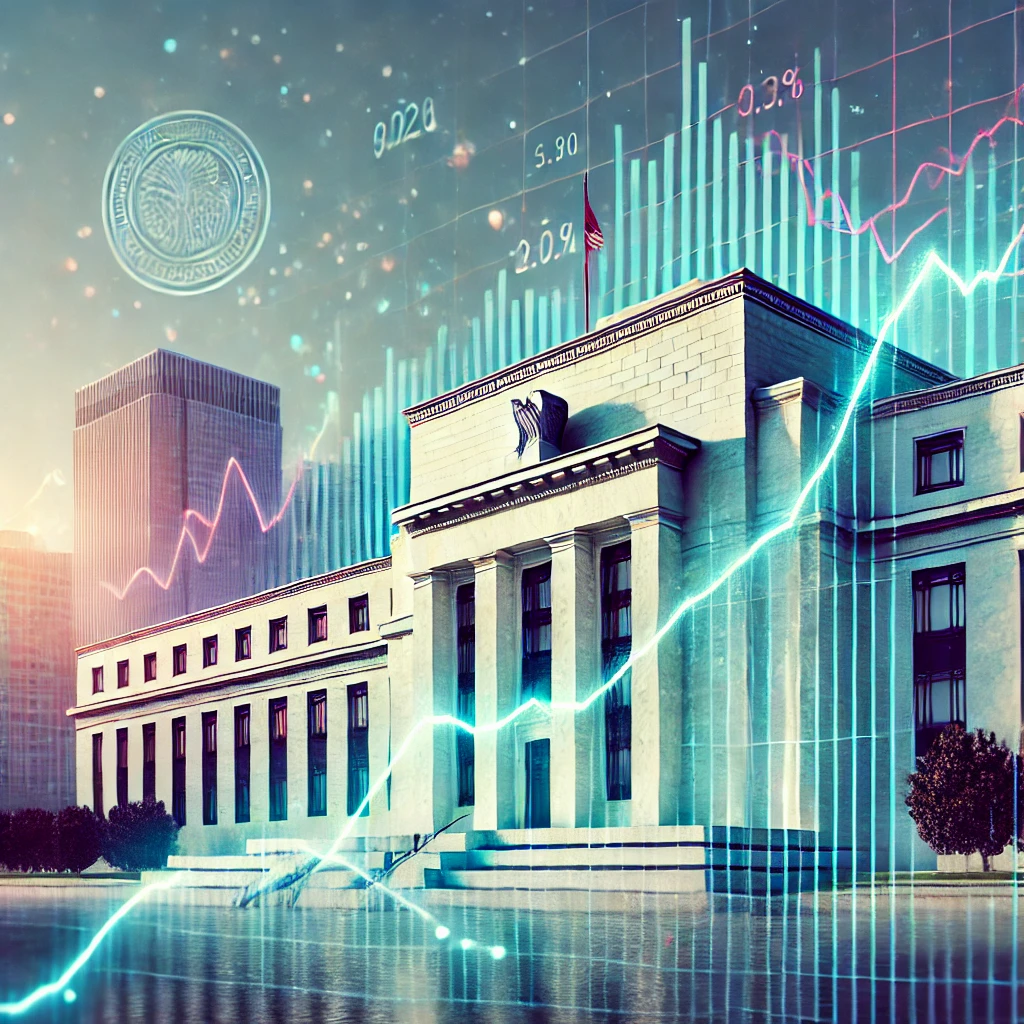
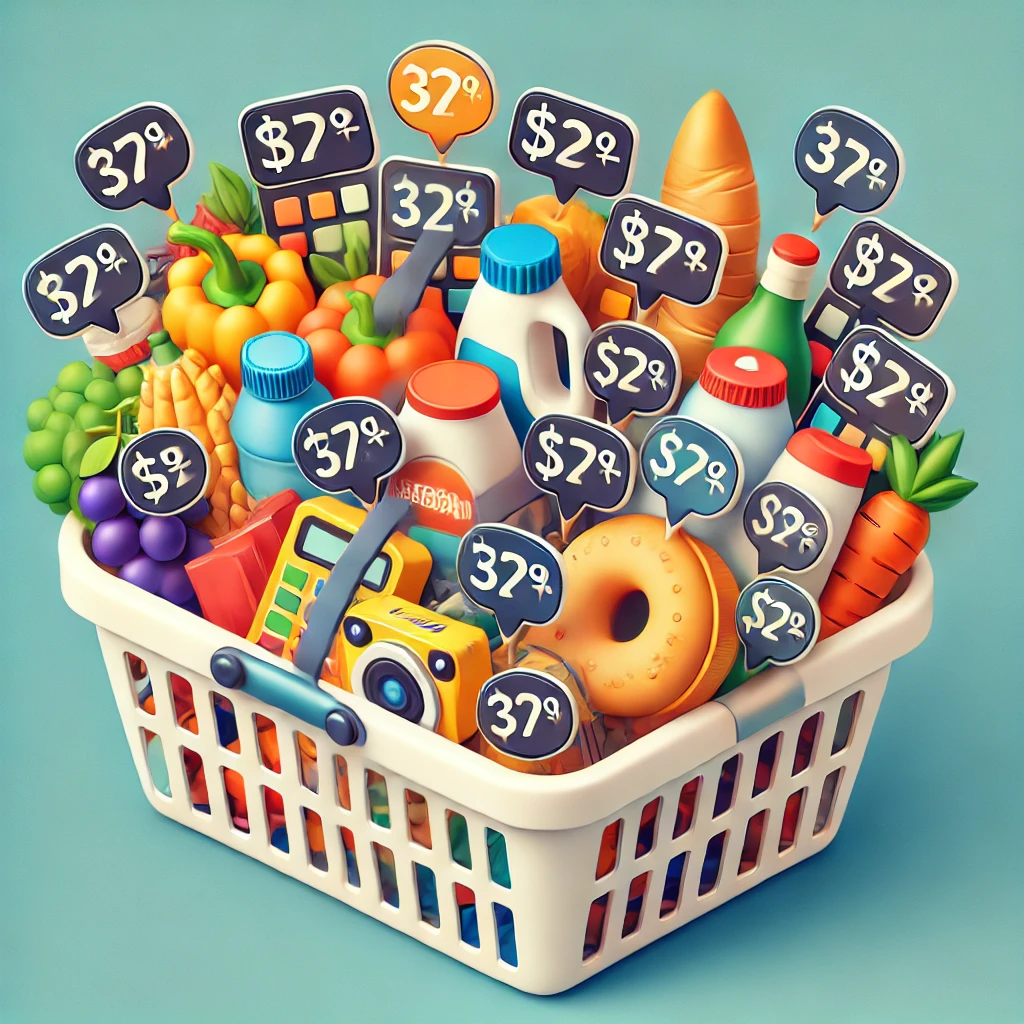
In summary, the main factors driving inflation in the US economy today include supply chain disruptions, increased consumer spending, and the interplay between monetary policy and inflation expectations. As we look ahead to the coming months, we can expect some of these factors to evolve, potentially leading to changes in the inflation outlook.
While it’s challenging to predict the future with certainty, understanding the factors driving inflation can help us make more informed decisions about our financial lives. By keeping a close eye on these drivers and staying informed about the broader economic landscape, we can better navigate the uncertain waters of inflation and ensure a more prosperous future.
So, the next time you find yourself at the supermarket, grappling with rising prices, remember that understanding the forces behind inflation can empower you to better adapt and thrive in today’s rapidly changing economic landscape.
